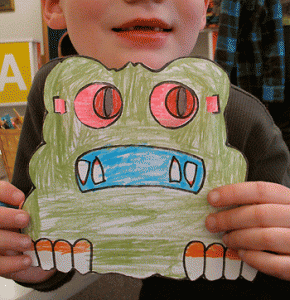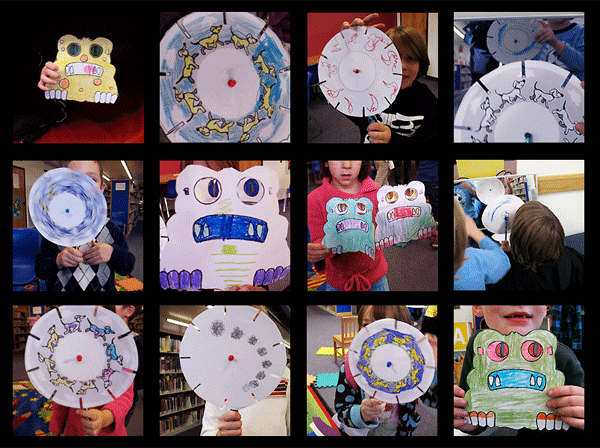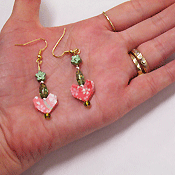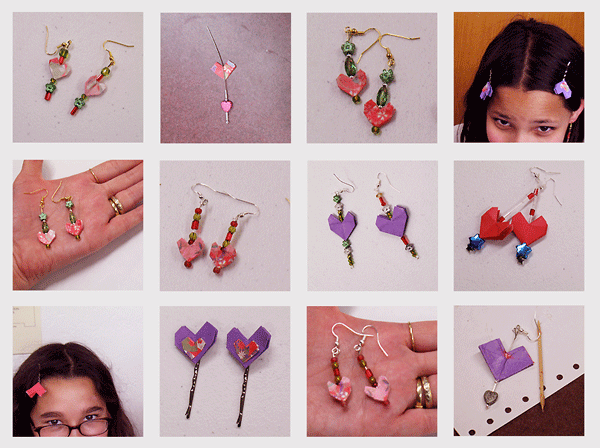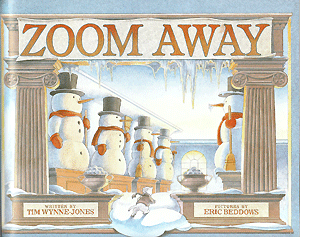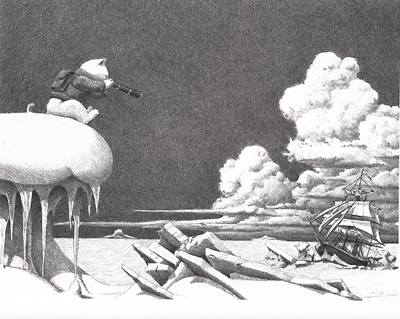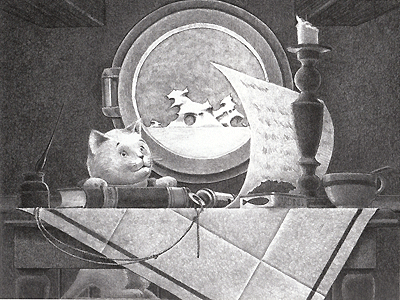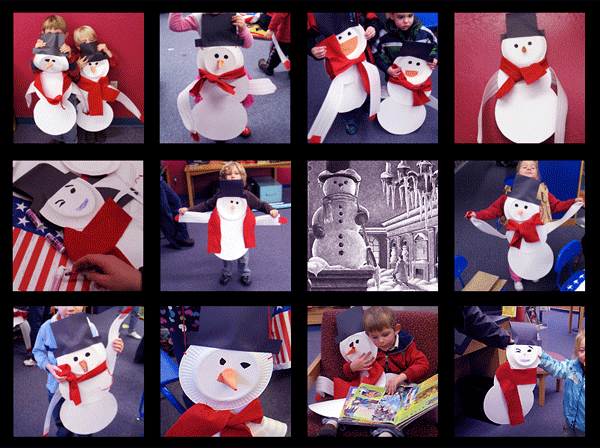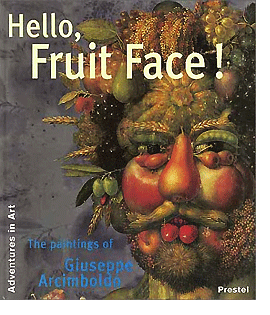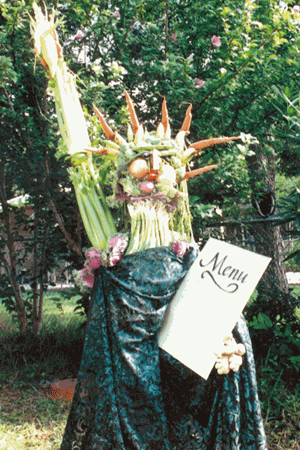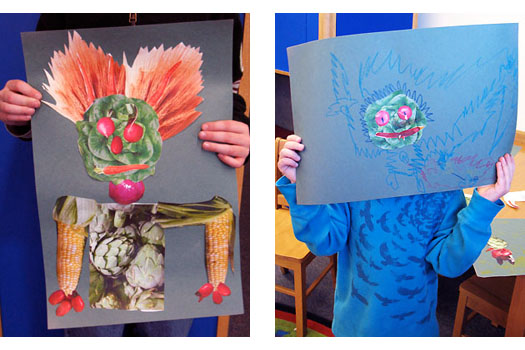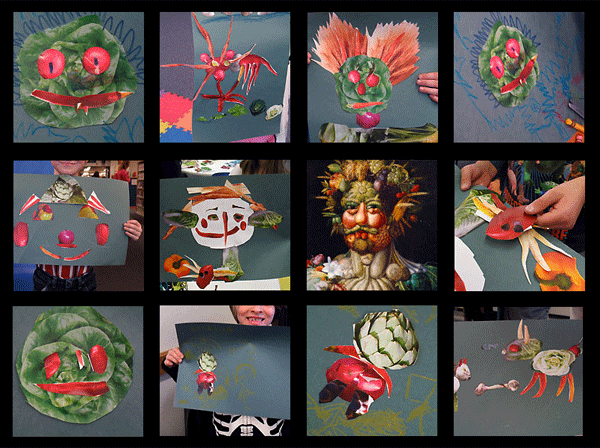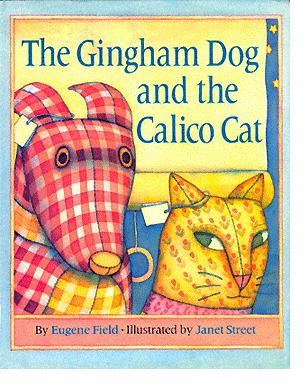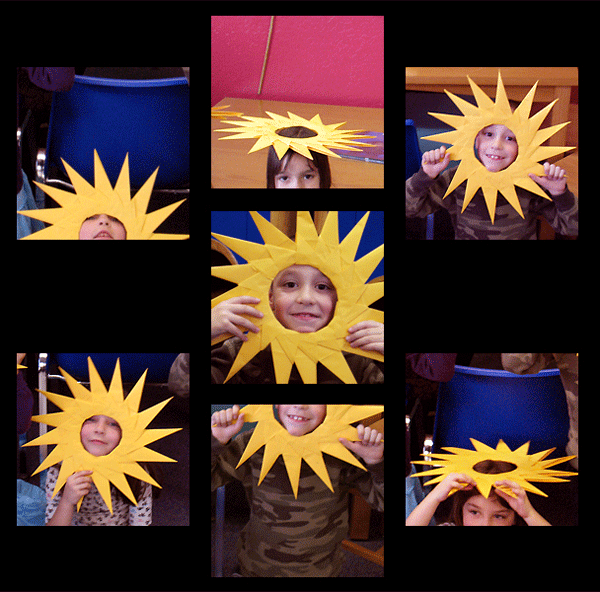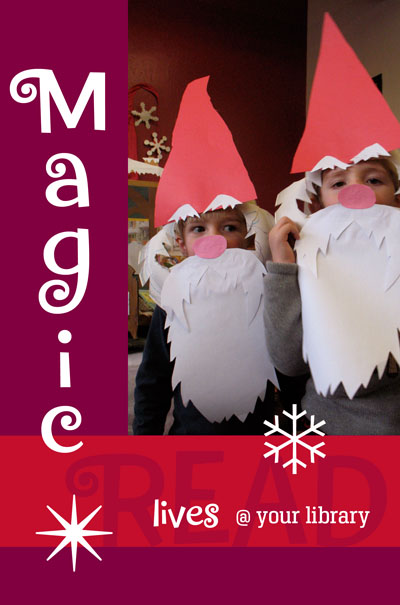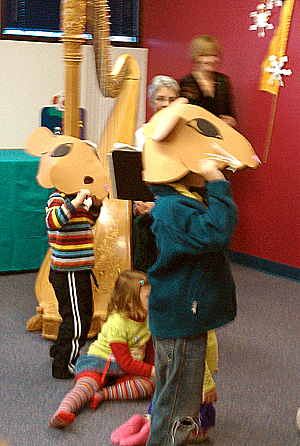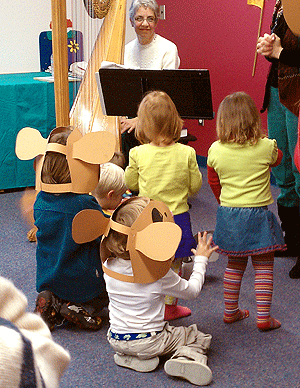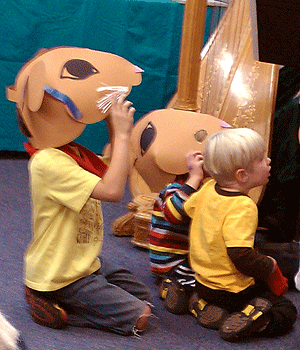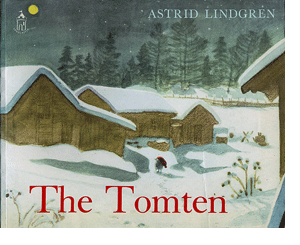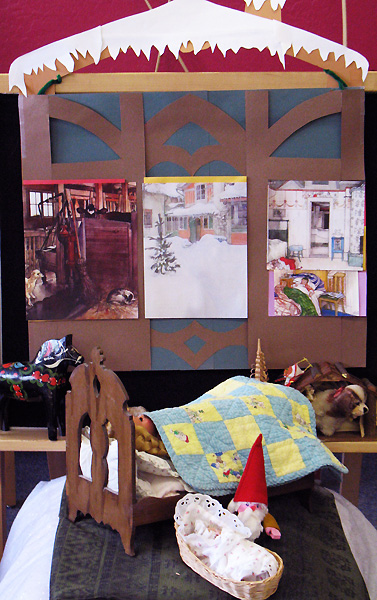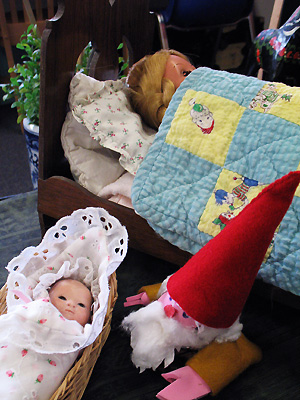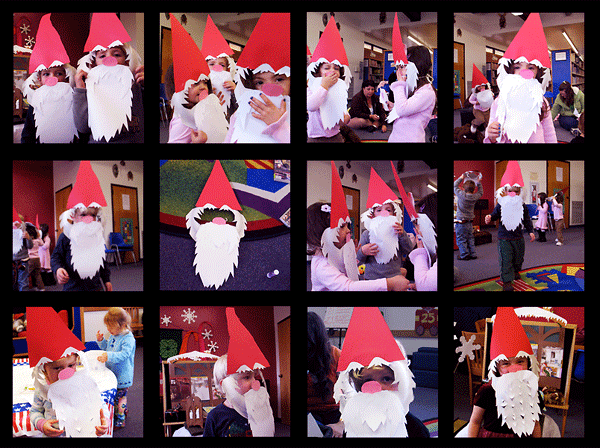 Linda and I had planned to repeat our Solstice concert (music and storytelling) for the Christmas Eve edition of Page Presents. But right after our concert, she had a brainstorm…
Linda and I had planned to repeat our Solstice concert (music and storytelling) for the Christmas Eve edition of Page Presents. But right after our concert, she had a brainstorm…
We should do The Nutcracker! As a puppet show! Then she sent me this email:
I can take care of the music. Should be fun! I know you can pull this off. Hope your weekend is restful.
This caused me to laugh hysterically. But—mysteriously—we did somehow pull it off. And we even had a big audience to witness this miracle!
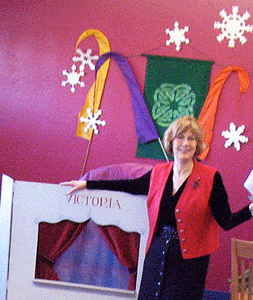 My roles were storyteller, puppeteer, and also Godmother Drosselmeyer.
My roles were storyteller, puppeteer, and also Godmother Drosselmeyer.
In our version of the story, Godmother Drosselmeyer presents a special present for the Stahlbaum children and their guests: a wonderful puppet show!
We brought my childhood puppet theatre to the library, and that really did add to the magic!
 The unicorn puppets performed a twining, sinuous dance to the Arabian Dance music, which we moved from its normal position in the ballet.
The unicorn puppets performed a twining, sinuous dance to the Arabian Dance music, which we moved from its normal position in the ballet.
We also added some other seasonal music, since Linda’s harp arrangement did not include much of the music from Act I. Linda played The Holly and the Ivy for the decorating and lighting of the Christmas tree, and the Wexford Carol for the arrival of the guests.
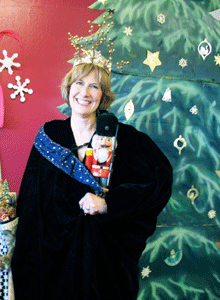
She played Tomorrow Shall Be My Dancing Day for the arrival of Godmother Drosselmeyer and the distribution of presents.
We used the March for the magical growth of the Christmas tree and battle between the Nutcracker and the Mouse King.
My husband Stuart engineered the Christmas tree special effect, which was stunning. The beautiful tree grew from large…

…like this—
…and it grew…
…and it grew…
..and it grew…
…and it grew…
…and it grew some more..
…until it became colossal…like this!
It was pure magic.
Then Linda donned her crown. She was the Sugar Plum Fairy!
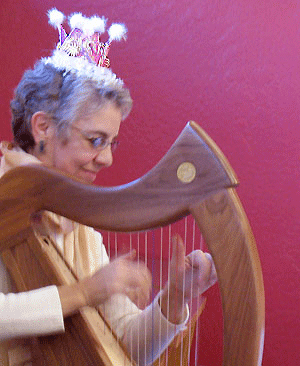
She welcomed everyone to the Kingdom of Sweets, and invited everyone to enjoy the entertainments she had planned in honor of the Prince’s victorious return.
In our version, these included the Russian Dance (with Father Christmas and a Russian Bear)—
the Chinese Dance (with a willow ware teapot and dancing tea bags)—
and the Waltz of the Flowers (the finale with the entire audience dancing with garlands of candy flowers).
Our page, Pauline, had given me a big bag of Tootsie Pop Miniatures after Halloween, but I knew that the parents would kill me, so I put them aside for another occasion. 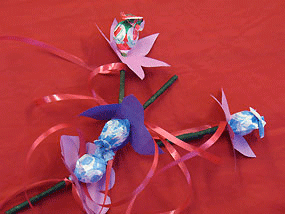
What could be more perfect to transform into candy flowers?
I passed out the garlands…
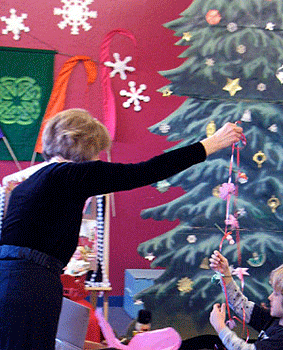
…and the children were delighted to dance with them!
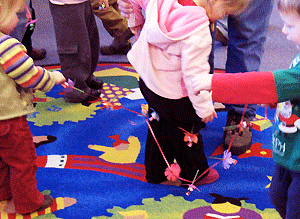
When the dance was finished, I cut the garlands apart and added the flower candies to tiny treat bags of candy.
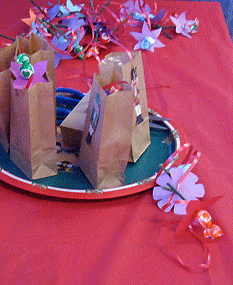
(Letitia, one of the mothers, had donated these miniature paper bags a couple of months ago, and I’ve already used them for several crafts.)
I taped a Nutcracker cut from an old paper garland to each mini-bag, and filled them with Tootsie Pop Miniatures, miniature candy canes, and peppermint and cinnamon hard candies.
The kids were thrilled to receive their special treats!
What a marvelous time we all had in the Kingdom of Sweets!
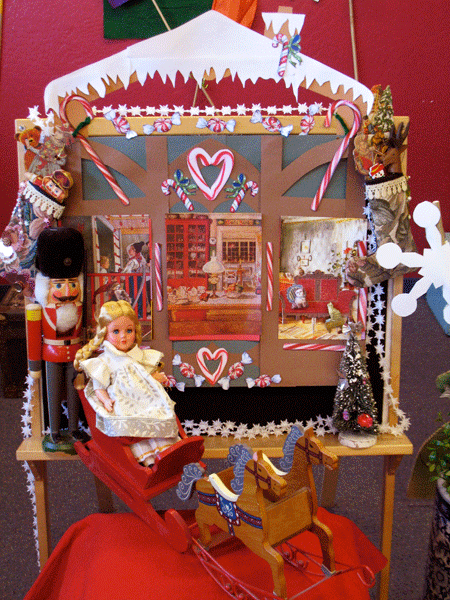
…So tell me—
Did it really happen?
Or was it just a beautiful dream?
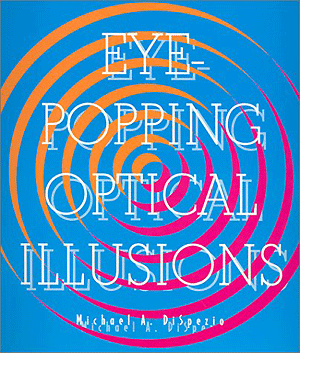 Our Cool After School program on January 19 featured optical illusions from the fabulous book, Eye-Popping Optical Illusions, by Michael DiSpezio.
Our Cool After School program on January 19 featured optical illusions from the fabulous book, Eye-Popping Optical Illusions, by Michael DiSpezio.

